2025: The GenAI arms race
What’s top of mind for legal geeks in 2025? It’s AI again. Following a slew of reports on the legal sector’s adoption of GenAI, it looks like this year legal geeks will be facing more choices, and perhaps making fewer predictions. Nobody, it seems, predicted open source Chinese GenAI model DeepSeek-R1 which launched on 20th January and almost instantly became the most downloaded free app on Apple, overtaking OpenAI’s ChatGPT, and is rapidly climbing the charts on Google Play.
DeepSeek is a Hangzhou-based start-up, whose controlling shareholder is 39-year-old Liang Wenfeng, co- founder of quantitative hedge fund High-Flyer. And DeepSeek-R1, which is a reasoning model similar to OpenAI’s GPT models, is clearly a big deal. Silicon Valley VC Marc Andreesson posted on X “DeepSeek-RI is AI’s Sputnik moment” giving the media this week’s headline. Andreesson was referring to the Soviet satellite launch on 4th October 1957 which marked the start of the space race. But this already feels more like an arms race. On 29 th January (Chinese New Year), another Chinese company, Alibaba, released the latest version of its Quen 2.5 AI model claiming that it outperforms DeepSeek, Open AI, and Meta AI models. In 2025 GenAI has become a geopolitical competition that the US broligarchy and everyone else is taking seriously.
AI's Sputnik moment
DeepSeek is genuinely commoditising GenAI. Delivering a useful resource at negligible or low cost is the quickest way to make it ubiquitous, and change consumer behaviours. Amazon is still one of the best examples of that. DeepSeek states that its earlier V3 model cost only $5.6 million to build – a small fraction of what OpenAI spent on its GPT models – although this may not include its total development and training costs. And OpenAI claims to have evidence that GPT-4 outputs were used to develop DeepSeek models, which is prohibited in its terms of service. Whether or not that can be proved, DeepSeek was only founded in 2023, so its developers will have been able to reverse engineer and build on OpenAI’s various iterations – illustrating that first mover advantage doesn’t last long in the world of GenAI, which is a lesson for legal too.
The knock-on effect was almost instant. The emergence of a Chinese low-cost, open source model that was built without cutting edge chips rattled the market and chip maker Nvidia’s shares dropped 17%, losing $589 billion in value in a single day. However, they recovered by 9% the following day. Microsoft shares slipped 4.5% based on disappointing cloud computing forecasts and investor concerns about cheaper competition from China. At one point more than $1 trillion was wiped off Nasdaq as the market reacted to the activities of what is (coincidentally?) a hedge-fund owned company. The relevance to lawtech is that investors are significant market influencers because their confidence, or otherwise, determines value.
While there has been a lot of speculation about DeepSeek’s direct impact on legal, obviously nobody’s using it yet, because it’s brand new. OpenAI had a three-year head start, and while law firms have been quick to take-up GenAI, this is partly because OpenAI’s GPT models are integrated into Microsoft 365 and familiar legaltech platforms, and law firms use them to build bespoke internal tools that keep data ring-fenced and secure behind their firewall. There are a few LLM agnostic legal platforms, which may integrate DeepSeek and Alibaba too. And although concerns have already been expressed about sending data to China, as Computing editor Tom Allen explained succinctly, you can get around that by downloading a copy of the entire model and running it locally – i.e. inside the firewall. The same risk management and data security and privacy considerations apply to all hosted systems and tools.
One big potential advantage of open source/low cost GenAI models for lawtech – and lawtech start-ups – is that they open up opportunities in the consumer space for AI to support consumer legal services and access to justice without raking up huge costs. Cost-effective AI can also support the justice system, improving efficiency and reducing backlogs. Here too, China is in the vanguard. AI systems are already used in Chinese courts to streamline judicial processes so that the courts can handle more cases.
Place your bets please, Legal Geeks
The proliferation of GenAI models echoes what is happening in legal AI, where there are choices to be made at all levels. Law firm decision makers are overwhelmed with legal tech vendors (start-ups and established suppliers) offering AI tools, and opportunities to partner with them to create and productise bespoke AI resources as well as a growing army of expert advisers. They need to decide whether to build and productise client-facing AI, or stick to the knitting and use technology to augment/enhance legal services – or both. There are choices for vendors too, whether to add AI to familiar systems and platforms as a customer retention/satisfaction strategy, or whether to develop something new and hopefully market leading. There are more opportunities for start-ups, more investors and more funding options, but there is also more pressure and competition. If you are looking to get into legal tech, universities, colleges and big tech companies all offer courses in legal AI and again, you have to decide which is right for you.
In the crowded, intense legal tech space, a big challenge is to cut through the noise and make a real difference. How do you stand out from a huge crowd of experts and innovators?
The embarrassment of choice is not limited to the players. The AI arms race is also a race for attention, and the growing number of media outlets, websites and journalists covering legaltech have to choose what to cover. Unless you’re working for an online rolling news site, being first with a story isn’t what it used to be – we too have lost first mover advantage to the pace of change. New platforms, products and leaders are jostling for position; and new start-ups are raising massive investments. Deciding what to focus on and who to listen to in a sea of voices, requires some technical knowledge and market awareness, a nose for a story – and a bit of luck. Do we trust our instincts and our connections, or do we look at the tech and where the money’s coming from and set a few criteria? For me at least, it’s a bit of both!
Legal Geek are hosting four conferences this year, learn more on our events page.

Written by Joanna Goodman, tech journalist



